#Korea history
Text
Today is 79th Korea Liberation Day
79years ago, We are free.

9 notes
·
View notes
Text
when my name was keoko
ahhhh hello hello (not me coming back from the dead to talk about a novel of all things) but i just wanted to get this post out first before giving myself time to breath and enter the social media world again haha.
i think i spent the last few months researching about korea, its history, and just the folklore surrounding the culture. and there's just one book i stumbled on that i thought i had to talk about: when my name was keoko.
set in Korea during Japanese colonization and WWII, this book alternates the POV between a young boy and girl, both siblings, who have not only lost their names but identities as Koreans. it's the most heartwrenching and heartwarming book you'll ever read.
and it's hard, finding a book about Korea colonized. i'm just grateful that this book exists, and I had the opportunity to read it.
so if anyone wants to check it out [and read my long ass grateful/sappy review] go right ahead!

i'm just grateful for this book for existing.
if you don't know, Korea has been colonized by Japan for years, decades even. as a Korean American, there's barely any readings (much less teachings unless you search for them) on this topic; it's also even more difficult to find a novel based on the context of this era.
this era is so, so, important. it is the cause of the strained relationship between the two countries, a consequence that continues to this day. it is an era that all, and I truly mean all koreans remember. colonization has shaped us, but haunted us as well.
I come to Korea, and my grandmother remembers like it was yesterday. my mother lived through the park chung-hee era, under a dictatorship and through the march revolution. so many historical events and issues in Korea that I was never taught as an American, that I could never follow, that i was ashamed to learn.
it just shows the strength that we had. we lived through this. we found ways to fight back. we found ways to preserve our culture - our names, our language, our national symbols.
it's insightful, horrific, intriguing, heartwarming, and tear-jerking. but I'm just so grateful that somewhere out there, this book is piecing together another part of Korean history that is unheard and untold of.
#when my name was keoko#korean books#korea history#history#world history#historical fiction#colonization#world war two#wwii#book reccomendations#book recs#book reccomendation#book reading#book review#book recs 2022#bookblr#books#bookstagram
21 notes
·
View notes
Text
What does life in North Korea look like outside of Pyongyang? 🇰🇵
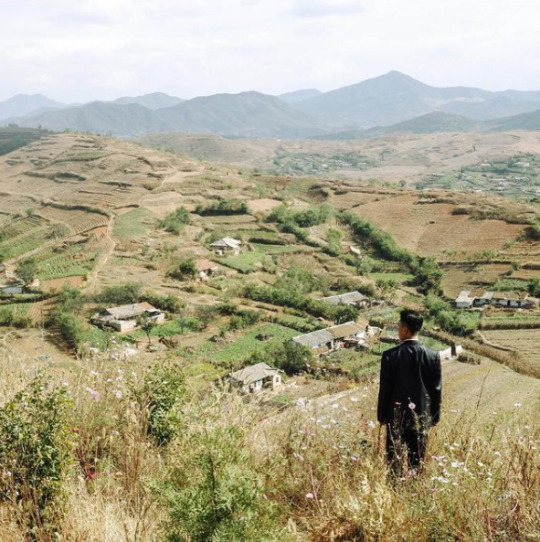
Hey, I'm back again with a very scary "tankie" post that asks you to think of North Koreans as people, and to consider their country not as a cartoonish dystopia, but as a nation that, like any other place on earth, has culture, traditions, and history.
Below is a collection of pictures from various cities and places in North Korea, along with a brief dive into some of the historical events that informs life in the so-called "hermit kingdom."
Warning: very long post
Kaesong, the historic city
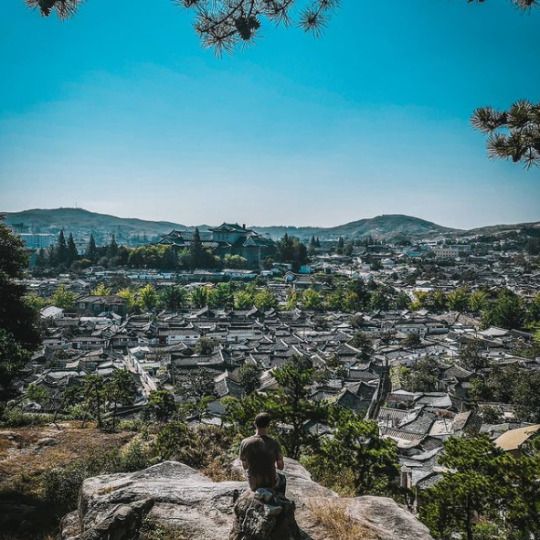
Beginning this post with Kaesong, one of the oldest cities in Korea. It's also one of the few major cities in the DPRK (i.e. "North Korea") that was not completely destroyed during the Korean war.
Every single city you'll see from this point on were victims of intense aerial bombardments from the U.S. and its allies, and had to be either partially or completely rebuilt after the war.
From 1951 to 1953, during what has now become known as the "forgotten war" in the West, the U.S. dropped 635,000 tons of bombs over Korea — most of it in the North, and on civilian population centers. An additional 32,000 tons of napalm was also deployed, engulfing whole cities in fire and inflicting people with horrific burns:
For such a simple thing to make, napalm had horrific human consequences. A bit of liquid fire, a sort of jellied gasoline, napalm clung to human skin on contact and melted off the flesh. Witnesses to napalm's impact described eyelids so burned they could not be shut and flesh that looked like "swollen, raw meat." - PBS
Ever wondered why North Koreans seem to hate the U.S so much? Well...
Keep in mind that only a few years prior to this, the U.S. had, as the first and only country in the world, used the atomic bomb as a weapon of war. Consider, too, the proximity between Japan and Korea — both geographically and as an "Other" in the Western imagination.
As the war dragged on, and it became clear the U.S. and its allies would not "win" in any conventional sense, the fear that the U.S. would resort to nuclear weapons again loomed large, adding another frightening dimension to the war that can probably go a long way in explaining the DPRK's later obsession with acquiring their own nuclear bomb.
But even without the use of nuclear weapons, the indiscriminate attack on civilians, particularly from U.S. saturation bombings, was still horrific:
"The number of Korean dead, injured or missing by war’s end approached three million, ten percent of the overall population. The majority of those killed were in the North, which had half of the population of the South; although the DPRK does not have official figures, possibly twelve to fifteen percent of the population was killed in the war, a figure close to or surpassing the proportion of Soviet citizens killed in World War II" - Charles K. Armstrong
On top of the loss of life, there's also the material damage. By the end of the war, the U.S. Air Force had, by its own estimations, destroyed somewhere around 85% of all buildings in the DPRK, leaving most cities in complete ruin. There are even stories of U.S. bombers dropping their loads into the ocean because they couldn't find any visible targets to bomb.
What you'll see below of Kaesong, then, provides both a rare glimpse of what life in North Korea looked like before the war, and a reminder of what was destroyed.

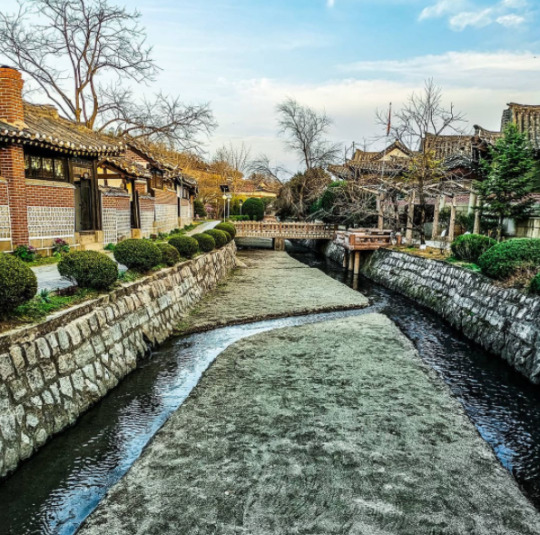

Kaesong's main street, pictured below.
Due the stifling sanctions imposed on the DPRK—which has, in various forms and intensities, been in effect since the 1950s—car ownership is still low throughout the country, with most people getting around either by walking or biking, or by bus or train for longer distances.
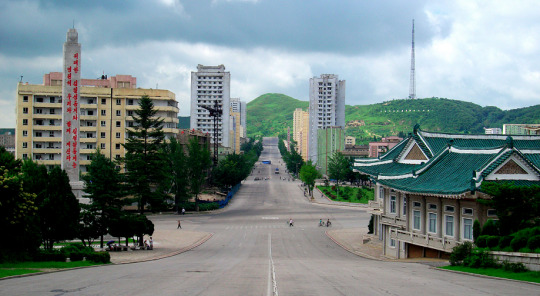
Kaesong, which is regarded as an educational center, is also notable for its many Koryŏ-era monuments. A group of twelve such sites were granted UNESCO world heritage status in 2013.
Included is the Hyonjongnung Royal Tomb, a 14th-century mausoleum located just outside the city of Kaesong.
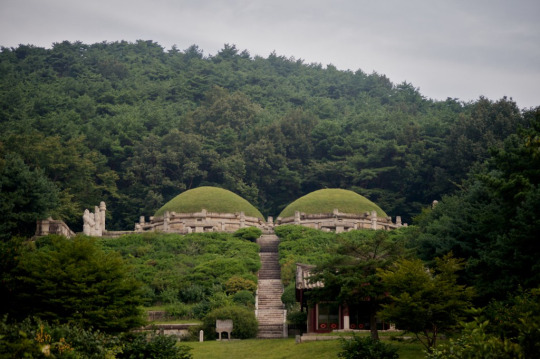
One of the statues guarding the tomb.
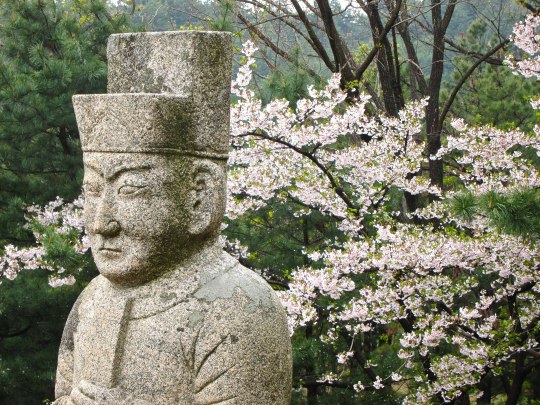
Before moving on the other cities, I also wanted to showcase one more of the DPRK's historical sites: Pohyonsa, a thousand-year-old Buddhist temple complex located in the Myohyang Mountains.

Like many of DPRK's historic sites, the temple complex suffered extensive damage during the Korean war, with the U.S. led bombings destroying over half of its 24 pre-war buildings.
The complex has since been restored and is in use today both as a residence for Buddhist monks, and as a historic site open to visitors.


Hamhung, the second largest city in the DPRK.
A coastal city located in the South Hamgyŏng Province. It has long served as a major industrial hub in the DPRK, and has one of the largest and busiest ports in the country.
Hamhung, like most of the coastal cities in the DPRK, was hit particularly hard during the war. Through relentless aerial bombardments, the US and its allies destroyed somewhere around 80-90% percent of all buildings, roads, and other infrastructure in the city.
Now, more than seventy years later, unexploded bombs, mortars and pieces of live ammunition are still being unearthed by the thousands in the area. As recently as 2016, one of North Korea's bomb squads—there's one in every province, faced with the same cleanup task—retrieved 370 unexploded mortar rounds... from an elementary school playground.
Experts in the DPRK estimate it will probably take over a hundred years to clean up all the unexploded ordnance—and that's just in and around Hamhung.
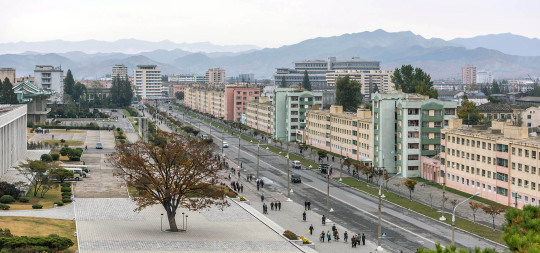

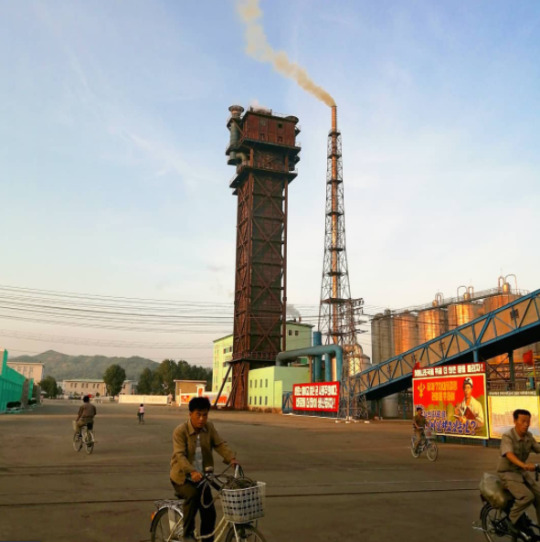
Hamhung's fertilizer plant, the biggest in North Korea.
When the war broke out, Hamhung was home to the largest nitrogen fertilizer plant in Asia. Since its product could be used in the creation of explosives, the existence of the plant is considered to have made Hamhung a target for U.S. aggression (though it's worth repeating that the U.S. carried out saturation bombings of most population centers in the country, irrespective of any so-called 'military value').
The plant was immediately rebuilt after the war, and—beyond its practical use—serves now as a monument of resistance to U.S. imperialism, and as a functional and symbolic site of self-reliance.
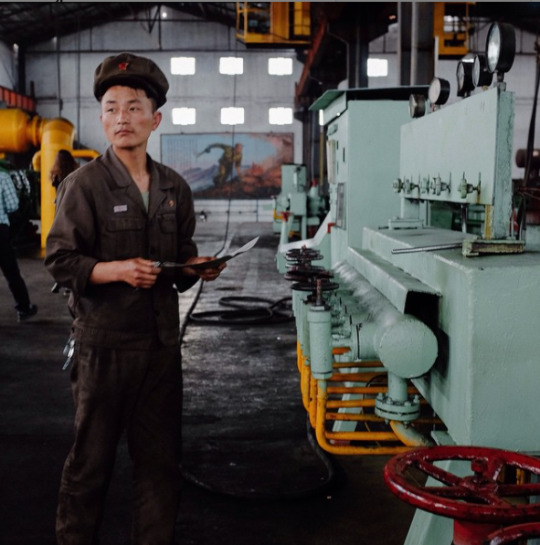
Chongjin, the third largest city in the DPRK.
Another coastal city and industrial hub. It underwent a massive development prior to the Korean war, housing around 300,000 people by the time the war broke out.
By 1953, the U.S. had destroyed most of Chongjin's industry, bombed its harbors, and killed one third of the population.
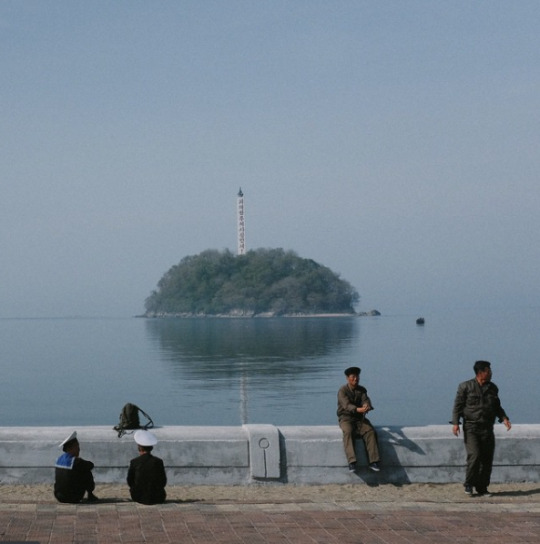
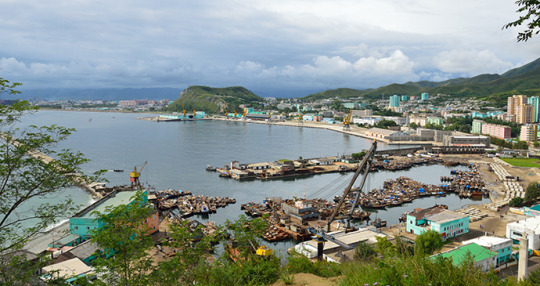

Wonsan, a rebuilt seaside city.
The city of Wonsan is a vital link between the DPRK's east and west coasts, and acts today as both a popular holiday destination for North Koreans, and as a central location for the country's growing tourism industry.
Considered a strategically important location during the war, Wonsan is notable for having endured one of the longest naval blockades in modern history, lasting a total of 861 days.
By the end of the war, the U.S. estimated that they had destroyed around 80% of the city.
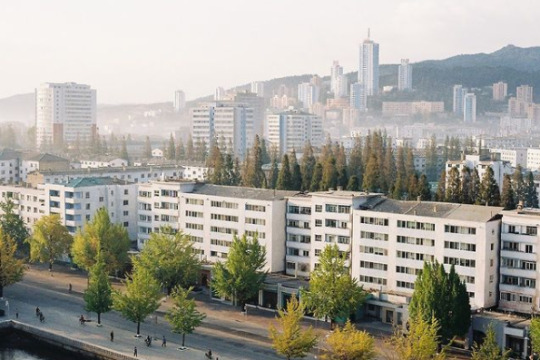

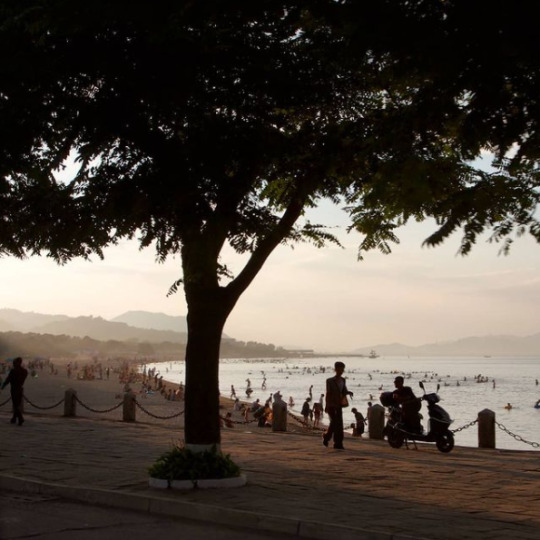

Masikryong Ski Resort, located close to Wonsan. It opened to the public in 2014 and is the first, I believe, that was built with foreign tourists in mind.
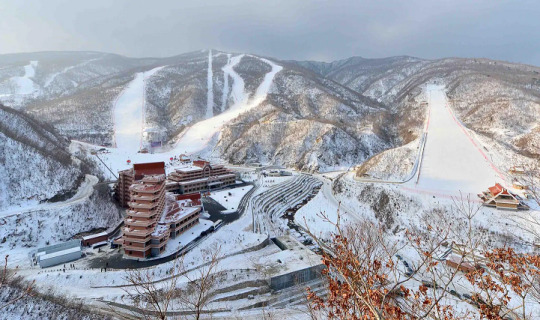
Sariwon, another rebuilt city
One of the worst hit cities during the Korean War, with an estimated destruction level of 95%.
I've written about its Wikipedia page here before, which used to mockingly describe its 'folk customs street'—a project built to preserve old Korean traditions and customs—as an "inaccurate romanticized recreation of an ancient Korean street."
No mention, of course, of the destruction caused by the US-led aerial bombings, or any historical context at all that could possibly even hint at why the preservation of old traditions might be particularly important for the city.
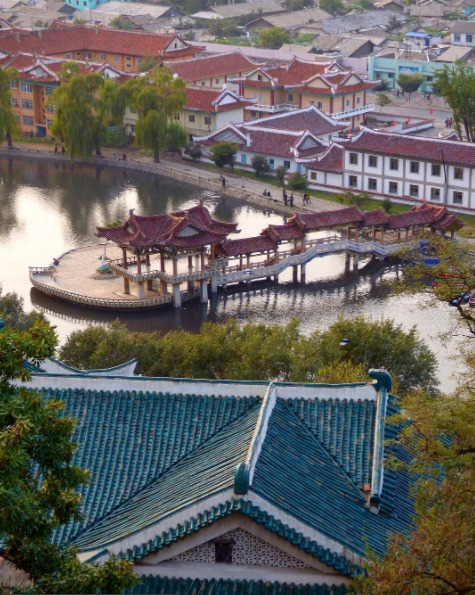

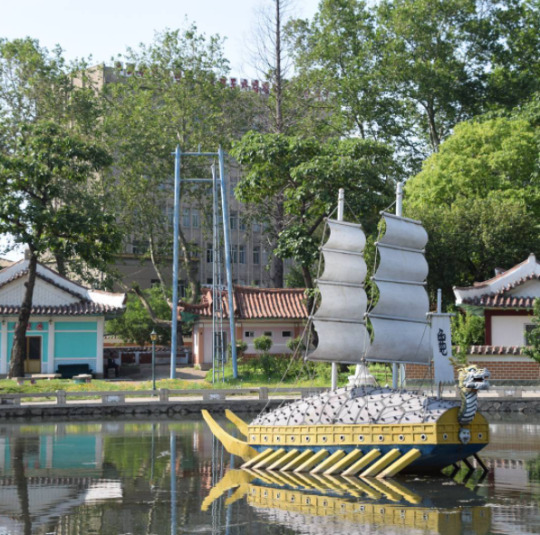
Life outside of the towns and cities
In the rural parts of the DPRK, life primarily revolves around agriculture. As the sanctions they're under make it difficult to acquire fuel, farming in the DPRK relies heavily on manual labour, which again, to avoid food shortages, requires that a large portion of the labour force resides in the countryside.
Unlike what many may think, the reliance on manual labour in farming is a relatively "new" development. Up until the crisis of the 1990s, the DPRK was a highly industrialized nation, with a modernized agricultural system and a high urbanization rate. But, as the access to cheap fuel from the USSR and China disappeared, and the sanctions placed upon them by Western nations heavily restricted their ability to import fuel from other sources, having a fuel-dependent agricultural industry became a recipe for disaster, and required an immediate and brutal restructuring.
For a more detailed breakdown of what lead to the crisis in the 90s, and how it reshaped the DPRKs approach to agriculture, check out this article by Zhun Xu.

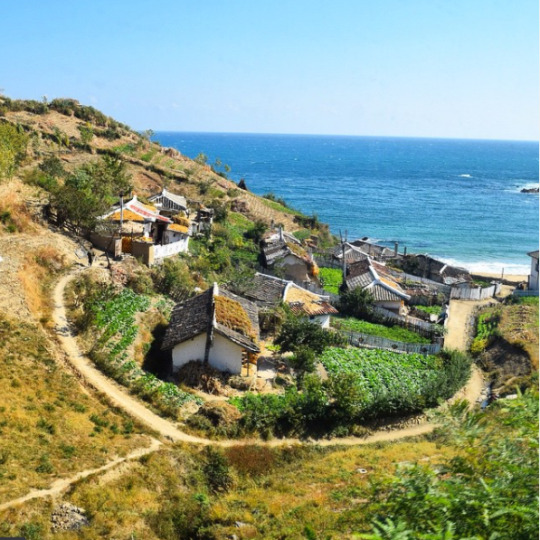
Some typical newly built rural housing, surrounded by farmland.
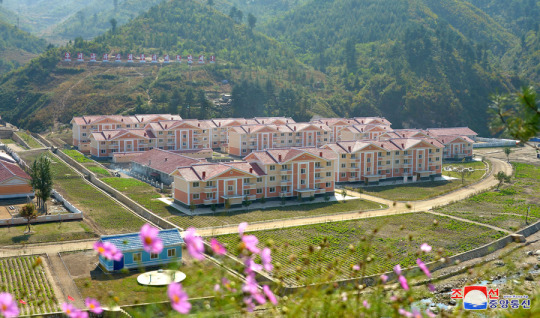
Tumblr only allows 20 pictures per post, but if you want to see more pictures of life outside Pyongyang, check out this imgur album.
#dprk#north korea#i've had this post unfinished in drafts for almost a year#also sorry about the spelling and potential formatting issues it's a nightmare to edit at this point#it was literally just meant to be a collection of picture and then the writing just sort of happened#enjoy the brief heritageposts history lesson i guess
6K notes
·
View notes
Text
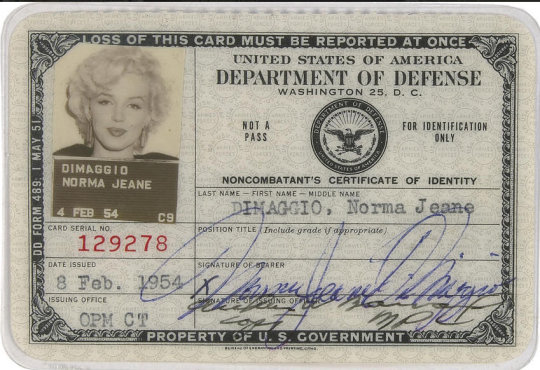

Marilyn Monroe's army identification card as a "non-combatant" issued by the "Department of Defense of the United States of America", a document necessary for her planned tour in South Korea, February 1954.
4K notes
·
View notes
Text
Something about North Korea being naturally more mountainous then South Korea making only 17% of North Korea useable for agriculture. Something about America bombing North Korean farmland.
Something about the partition of Palestine resulting in most of the useable agricultural land being given to Israel. Something about the targeting of Gaza’s farmland in air strikes and the bulldozing of crop fields by Israel.
Something about the Palestine flag hanging in the hallway of my North Korean primary school.
I don’t want for Palestine what North Korea has, sanctioned into the ground and demonised by the entire “international community” but I see parallels in our presents and pasts, and it gives me hope.
#‘Since 1988 North Korea has recognised the sovereignty of the State of Palestine over all of Israel-#-excluding the Israeli-occupied Golan Heights which it recognises as Syrian territory.’#seeing leftists on this site celebrate capitalist countries giving Gaza scraps of support only half way through a genocide while not even#mentioning the decades long history of solitary that North Koreans have with Palestine was so weird to me#dprk#north korea#korea#Palestine#free Palestine#free gaza#marxist leninist#<- I know this isn’t theory I’m just trying to avoid this getting onto liberal tumblr#🇰🇵#🇵🇸#death to the usa#death to imperialism#death to america#and#death to the west#my favourite tags
1K notes
·
View notes
Note
Do you know if pride flags are universal? Just wondering if any other countries use flags that have been created there. I'm guessing not because I think maybe we'd see them on Tumblr, but I also realize that lack of evidence on Tumblr doesn't make that a certainty☺️ anyway, I thought this blog would be a good place to ask. Also, I guess where were all the current standards designed?
Depending on what one thinks of in regard to pride flags (the progress flag, the rainbow flag, the asexual flag, etc.) they are fairly universally used. There is photographic evidence of them being used globally to represent queerness around the world!
That being said, there are customizations galore, both to represent individuality and intersectionality. This can mean similar colours but different configurations, additional elements added to flags, or multiple flags melded.
Flags in general usually start with an individual design from an individual person, such as the rainbow flag by Gilbert Baker. But localizing the rainbow design to represent a more specific intersection of identities is relatively common!
While researching, I found this great resource for localized versions of the rainbow flag and their individual uses and meanings: https://www.crwflags.com/fotw/flags/qq-rb_v.html
Here are some that I enjoyed learning about!
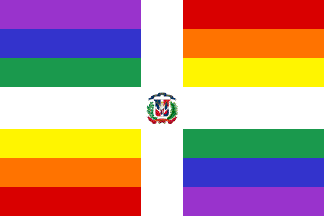
Dominican Republic gay pride

Hong Kong LGBT Flag
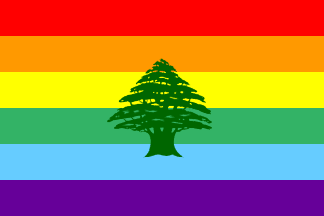
Lebanese gay flag (Lebanon)

LGBT Flag (South Korea)
I want to thank you for asking this because researching it was an enlightening experience for me! I enjoyed learning about it and am excited to share this information!
#queer history#queer#lgbt#lgbt history#gay history#answered#lesbian history#transgender history#transgender#making queer history#south korea#queer south korea#lebanon#queer lebanon#hong kong#queer hong kong#dominican republic#queer dominican republic
4K notes
·
View notes
Text
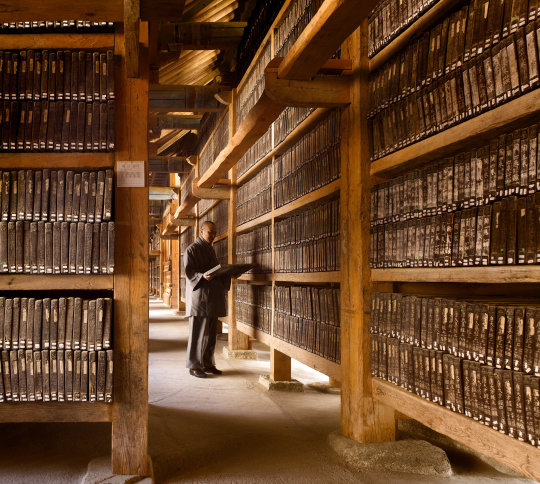
Tripitaka Koreana, Korea,
Carved on 81258 woodblocks in the 13th century - is the most successful large data transfer over time yet achieved by humankind. 52 million characters of information, transmitted over nearly 8 centuries with zero data loss - an unequalled achievement.
The Tripitaka Koreana, stored in Haeinsa, a Buddhist temple in Gayasan National Park, South Korea, is the most comprehensive and oldest version of the Buddhist canon, with no known errors in its 52 330 152 characters which are organized in over 1496 titles and 6568 volumes.
Will Pryce Photography
#art#design#architecture#interior design#interiors#korea#library#books#will price#tripitaka#palman daejanggyeong#scripture#buddhism#buddhist#vintage book#writing#history#style#woodblock#haeinsa#temple#gayasan#millwork#birch wood#blocks
695 notes
·
View notes
Text


"Brawl Busters" (1978) was a martial arts film that was advertised as being from the "Chinese Black Belt Society" in an opening card. Not only does this group not exist, the movie isn't even Chinese, but Korean. It was common for a lot of Korean films of this era to be set in China and have a Hong Kong cast. The film also was said to star "Black Jack Chan," who not only was not in the film, but also doesn't exist at all. As the images above show, it is a female led martial arts film.

This deeply strange credit to a made up Kung Fu Society and a claim to star a completely made up Chinese leading man was because, as surprising as it is to consider today, there was a time when it was extremely rare to have any entertainment come out of South Korea, and the producers figured it would have a bigger audience in Asia if this film was thought to be from Hong Kong. If it was known to be Korean, it would come off as a knockoff, which, to be fair, it completely was. South Korea was under military rule until the 1980s, and nearly all of its early entertainment industry was based on the blueprint of the cultural capital of Asia in the 70s-80s, Hong Kong, like Hitman in the Hand of Buddha, Woman Avenger (a Korean version of the very Chinese story of Wing Chun, famously played a decade later by Michelle Yeoh). Korean films of this era had many Hong Kong stars like Angela Mao, who made Hapkido and When Taekwondo Strikes in the early 70s there as joint Korean/Chinese productions. It also went both ways: many Korean talent in this era had to emigrate Korea to get into showbusiness, like "Thunderfoot" Hwang Jang Lee. After all...who ever heard of getting famous in entertainment in South Korea, anyway?

184 notes
·
View notes
Text
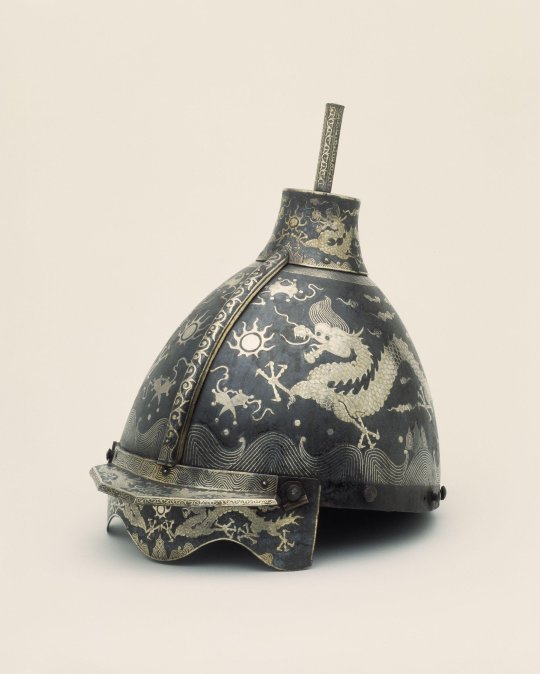

Silver inlaid helmet, Korea, circa 1550-1650
from The Victoria & Albert Museum
734 notes
·
View notes
Text



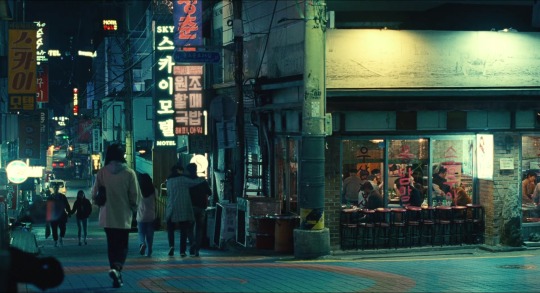

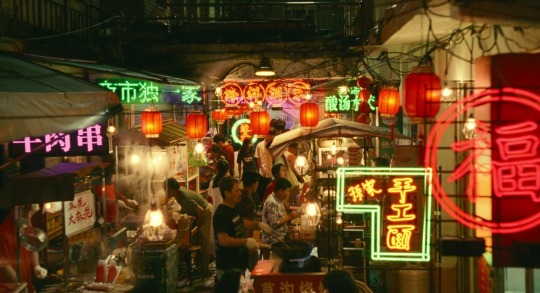

Past lives (2023)
Direction: Celine Song
Cinematography: Shabier Kirchner
#art#art history#artists on tumblr#aesthetic#film photography#film#movie#past lives#celine song#Korea#south korea#korean#oscars 2024#korean film#korean movie#film scenes#film stills#film stuff#film screencaps#film screenshots#beautiful photography#photography#film photograhers#movie stills#movies#movie screenshots#movie screencaps#movie scenes#2023 movies#2023 films
295 notes
·
View notes
Text

American soldiers captured by the Chinese People's Volunteer Army near the Chosin Reservoir. November 1950.
#korean war#cold war#war history#korea#prisoners of war#1950s#photography#korean#south korea#north korea#us troops#chinese army#asia#1950#us army#us marines#military history#tumbler#photo#history
75 notes
·
View notes
Text

Ancient Korea
7th century
2 notes
·
View notes
Text

"Flower of Unification" By Artists Kang Hoon-young and Lee Byeong-jun. 1990
North Korean Painting from the book “주체미술교육의 빛나는 50년” Published by Art Education Publishing Company.
#history#socialism#communism#leftism#marxism#marxism leninism#asia#dprk#north korea#korea#juche#painting#unification
79 notes
·
View notes
Text

Black Tuesday for the USAF (Korean War 1951 year)
#military#aircraft#air force#us air force#usaf#fighter jet#aviation#fighter plane#plane#us navy#korean war#korean#south korea#north korea#aviation photography#aviation history#military aviation#b 29 superfortress#b29#usaaf
90 notes
·
View notes
Photo
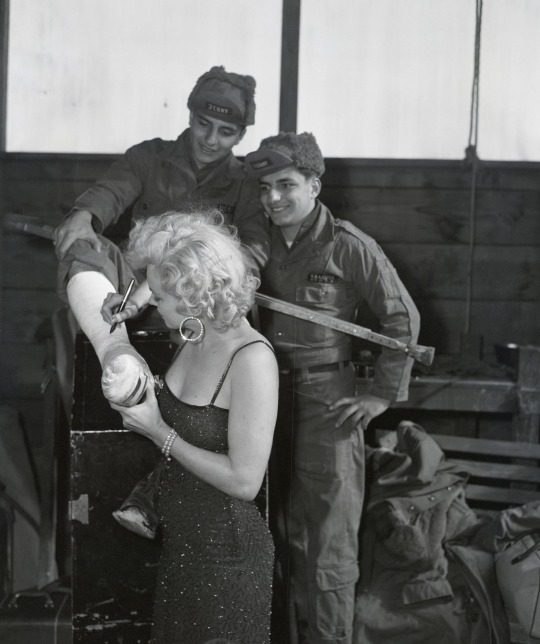
Marilyn Monroe photographed during her visit to the troops in Korea, February 1954.
2K notes
·
View notes
Text
Diversity win! the pilot bombing Hamhung is a Native American
#I think a lot about the 10 thousand american soldiers in the korean war who were native american#I don't think oppressed people should have to learn a lesson from their oppression but I cant ever conceive of going overseas to kill other#indigenous people#especially not in defence of a colonial state#korean war#korea war#history#dprk#north korea#south korea#korea#death to imperialism#death to the west#death to the usa
118 notes
·
View notes